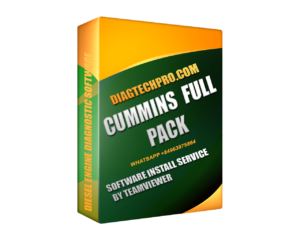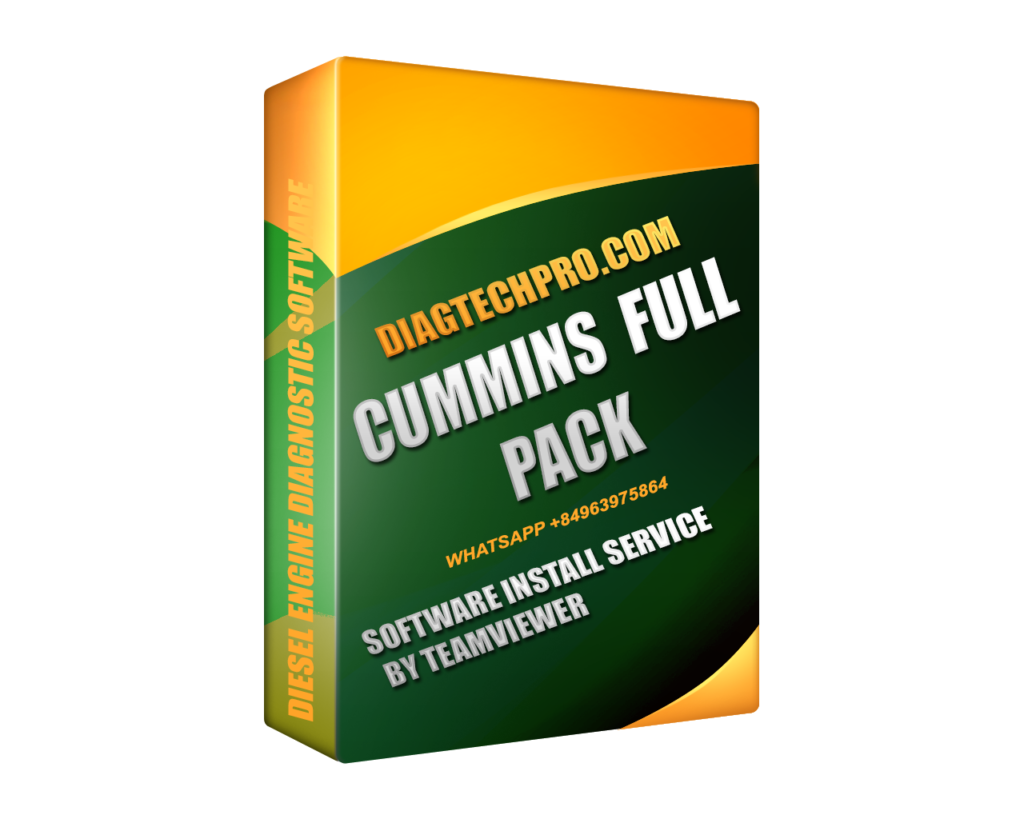Introduction
As someone deeply involved in Cummins engine diagnostics and support, I’ve worked with countless Cummins Packs over the years—from heavy-duty trucks to construction machines. If there’s one thing I’ve seen too often, it’s engines failing not because of bad parts—but because of poor maintenance or skipped inspections.
In this guide, I’ll walk you through the best practices for inspecting and maintaining the key components of a Cummins Pack, so you can maximize uptime, avoid costly breakdowns, and keep your engine running at peak performance.
Why Maintenance of a Cummins Pack Is Critical
A Cummins Pack includes essential engine systems like the ECM, fuel injectors, wiring harnesses, sensors, turbo components, and calibration files. These parts are engineered to work together, but they’re not “set and forget.”
Just like a high-performance sports car, even the best-engineered systems require routine care.
Here’s what I tell every client:
Regular inspection and maintenance of your Cummins Pack isn’t optional—it’s essential.
Component 1: Electronic Control Module (ECM)
Inspection Steps
-
Use Cummins INSITE or equivalent diagnostic tools to scan for fault codes weekly or after long hauls.
-
Check for any signs of moisture or corrosion at connectors.
-
Visually inspect the ECM casing for cracks or heat discoloration.
Maintenance Tips
-
Keep firmware updated using Cummins calibration tools.
-
Clean connector pins with electronic contact cleaner every 3–6 months.
-
Ensure the ECM is mounted securely to avoid vibration damage.
Why it matters: A compromised ECM can cause erratic engine behavior, derating, or even a no-start situation.
Component 2: Fuel System (Injectors, Pump, Filters)
Inspection Steps
-
Monitor fuel pressure readings with diagnostic software.
-
Check for fuel leaks at injector lines and pump housing.
-
Inspect fuel filters for excessive dirt, water, or clogging.
Maintenance Tips
-
Replace fuel filters every 10,000–15,000 km or as recommended by Cummins.
-
Use high-quality diesel fuel to avoid injector fouling.
-
If you notice inconsistent idling or loss of power, test injectors immediately.
From my experience, most unexpected performance drops stem from neglected fuel systems.

Component 3: Sensors (Coolant Temp, Boost Pressure, Crankshaft Position)
Inspection Steps
-
Use diagnostics to compare real-time sensor readings to expected values.
-
Visually inspect wiring and connector integrity.
-
Look for signs of oil or coolant contamination on sensor heads.
Maintenance Tips
-
Replace sensors showing erratic readings—even if no code appears.
-
Clean boost pressure and intake manifold sensors every 20,000–30,000 km.
-
Apply dielectric grease to sensor connectors to prevent corrosion.
I’ve prevented countless breakdowns just by catching failing sensors early.
Component 4: Wiring Harness
Inspection Steps
-
Visually inspect the full harness route for rubbing, fraying, or melting.
-
Check all connectors for tight fitment and oxidation.
-
During diagnostics, monitor voltage drops across circuits.
Maintenance Tips
-
Secure loose harnesses with proper fasteners to avoid vibration damage.
-
Apply protective loom or conduit in high-heat zones.
-
Replace damaged sections immediately—don’t patch temporary fixes.
The wiring harness is often overlooked but can cause total engine failure if compromised.
Component 5: Turbocharger (If Applicable)
Inspection Steps
-
Check for shaft play manually (engine off and cold).
-
Inspect for oil leaks around the turbo housing and intercooler piping.
-
Monitor boost levels via software—unexpected drops are a red flag.
Maintenance Tips
-
Change engine oil regularly—clean oil is essential for turbo longevity.
-
Ensure air filters are clean to prevent debris ingestion.
-
Warm up and cool down the engine properly to avoid heat stress on the turbo.
A well-maintained turbo gives you more power and better fuel efficiency.
Software & Calibration Files
Inspection Steps
-
Verify calibration files with Cummins INSITE or QSOL.
-
Check for updates regularly from Cummins’ support portals.
Maintenance Tips
-
Always install the latest OEM calibrations—older versions may miss critical engine logic updates.
-
Recalibrate when replacing major hardware like the ECM or turbo.
One outdated calibration can make a well-built engine perform below its potential.
Maintenance Schedule – My Suggested Routine
| Component | Inspection Frequency | Maintenance Frequency |
|---|---|---|
| ECM | Weekly | Every 3–6 months |
| Fuel System | Bi-weekly | Filters every 10,000–15,000 km |
| Sensors | Monthly | Replace as needed |
| Wiring Harness | Monthly | As needed |
| Turbocharger | Monthly | Every oil change |
| Software/ECU Cal | Monthly | With any hardware update |
Tip: Stick to a logbook or use fleet maintenance software to track all services.
Tools You Should Always Have
If you’re serious about maintaining your Cummins Pack, make sure you have:
-
Cummins INSITE diagnostic software
-
Multimeter for voltage testing
-
Torque wrench for injector and sensor fittings
-
Electronic contact cleaner
-
Access to QuickServe Online for manuals and service bulletins
In my shop, these tools are non-negotiable.
Pro Advice: Don’t Wait for Fault Codes
I always tell my clients this: By the time you get a fault code, the damage is already underway. The best maintenance is preventive, not reactive. Regular inspections—even when everything seems fine—are how you stay ahead.
Engines that are “quiet” now can develop issues silently. If you wait until a warning light shows up, it’s often too late.
Real Example from the Field
A client of mine running a small fleet of refrigerated trucks ignored wiring wear signs on one of the ECM harnesses. It shorted mid-route, killed the ECM, and cost him nearly $3,000 in emergency towing and part replacement.
Since implementing a structured inspection checklist like the one above, he’s had zero mid-route breakdowns in over 18 months.
Final Thoughts
Your Cummins Pack is a powerhouse of integrated technology. But like any complex system, it only performs at its best when you actively maintain and inspect its components. From my years in the field, I can guarantee that even the most advanced engines fail without a proper maintenance routine.
If you follow the inspection and care methods I’ve shared here, you’ll:
-
Extend engine life
-
Maximize fuel efficiency
-
Minimize costly repairs
-
Keep your operation moving smoothly
Treat your Cummins Pack like an investment—because that’s exactly what it is.

